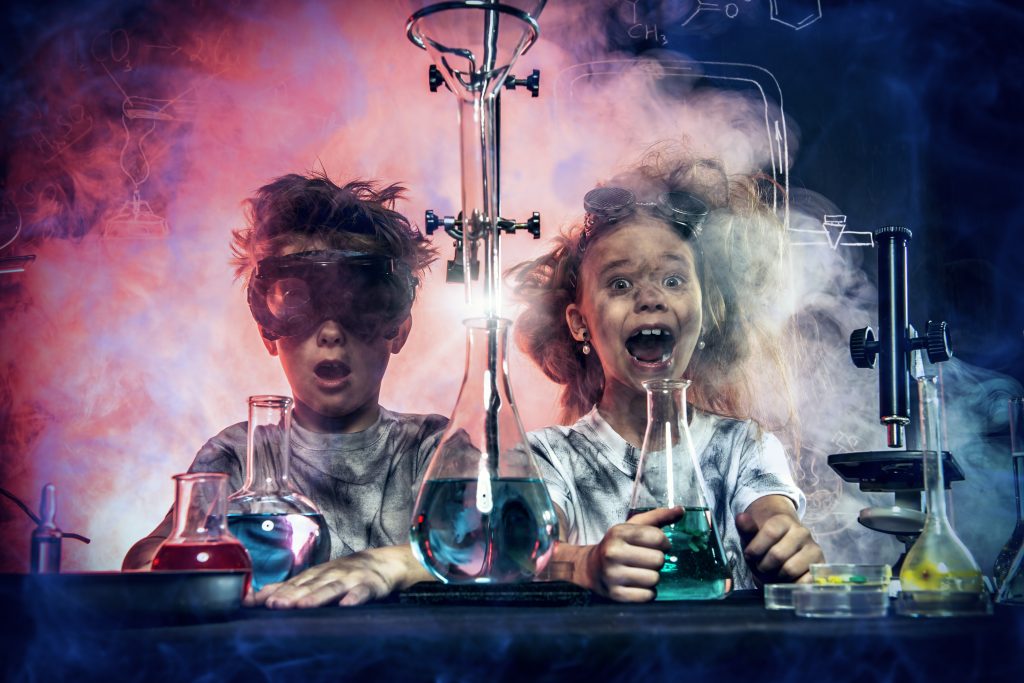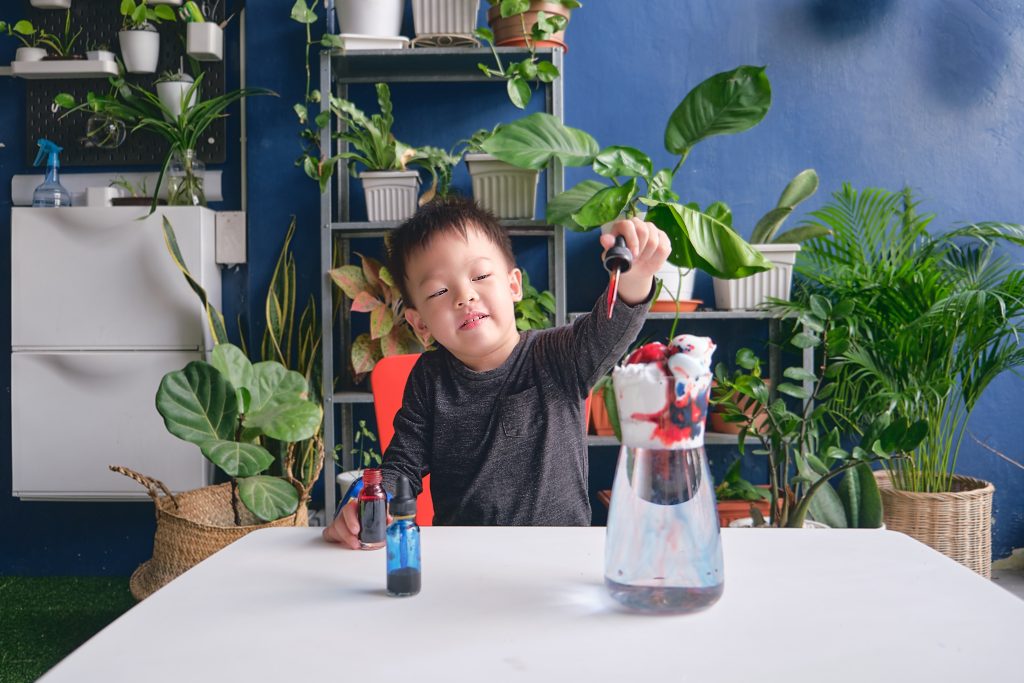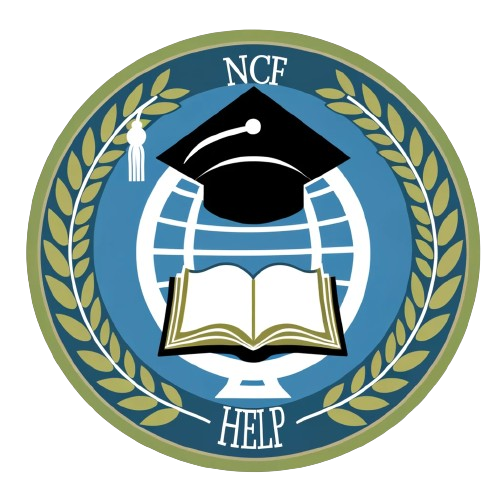Keywords: Interdisciplinary Learning, Biology, Chemistry, Lesson Planning, NCF-SE 2023
Hashtags: #Interdisciplinary #ScienceEducation #NCFPedagogy #LessonPlanning #Collaboration
After a knowledgeable Capacity Building Workshop on the “Interdisciplinary Approach (IA) to teach” by CBSE at our school, we are sharing our story as Vandita (Bio Teacher) and Seema (Chemistry Teacher). Hope you can connect and use our approach in applying the IA to your classrooms also.
Vandita (Bio Teacher): Seema, I am now thinking about how interconnected our subjects are, and using the IA would be practical in a few chapters.
Seema (Chemistry Teacher): Absolutely! From living organisms to chemical processes, there’s a lot of overlap. We should definitely explore some interdisciplinary lesson plans. There is this one I think can work to start.
Lesson Plan Snippet: Grade 6 – Exploring the Chemistry of Digestion
- Biology Connection: Introduce the digestive system and its organs. Discuss the role of enzymes in breaking down food.
- Chemistry Connection: Explain the chemical nature of enzymes as proteins and how they act as catalysts. Discuss the chemical reactions involved in digestion, such as hydrolysis.
- Activity: Students can conduct experiments to demonstrate the action of enzymes, like using papaya extract to break down gelatin.
Vandita: I too have one in my mind. Remember that conversation we had about polymers? It sparked an idea for a lesson on natural polymers in living organisms.
Seema: That’s a fantastic idea! We can talk about carbohydrates, proteins, and nucleic acids as examples of biologically important polymers.
Lesson Plan Snippet: Grade 8 – Natural Polymers in Living Organisms
- Biology Connection: Discuss the structure and functions of carbohydrates, proteins, and nucleic acids in living organisms.
- Chemistry Connection: Explain the concept of polymerization and the different types of chemical bonds involved in forming these macromolecules.
- Activity: Students can create models of different polymers using beads or other materials to visualize their structures.
Seema: And how about we explore the chemistry behind everyday products? It could be fascinating for students to see how chemistry is everywhere around them.
Vandita: Definitely! We can pick examples like soap, toothpaste, and even the materials used in clothing and sports equipment.

Lesson Plan Snippet: Grade 7 – The Chemistry of Everyday Products
- Chemistry Connection: Explain the composition and properties of common household products, such as soap (sodium or potassium salts of fatty acids), toothpaste (abrasives, fluoride), and plastics (polymers).
- Biology Connection: Discuss the environmental impact of these products, such as biodegradability and pollution concerns.
- Activity: Students can research and present on the history and development of different everyday products, highlighting the role of chemistry and its impact on society.
Seema: We can also discuss the chemistry of food and its connection to health and nutrition.
Vandita: That would be a great way to integrate with health education and discuss topics like balanced diets and the importance of different nutrients.

Lesson Plan Snippet: Grade 9 – The Chemistry of Food and Nutrition
- Biology Connection: Discuss the nutritional needs of the human body and the role of different nutrients (carbohydrates, proteins, fats, vitamins, minerals) in maintaining health.
- Chemistry Connection: Explain the chemical composition of food and the chemical reactions involved in cooking and digestion.
- Activity: Students can analyze the nutritional content of different foods and create healthy meal plans based on their understanding of chemistry and biology.
Vandita: We can even delve into the fascinating world of bioluminescence and the chemical reactions behind it.
Seema: Absolutely! It’s a perfect example of how chemistry and biology intersect to create stunning natural phenomena.
Lesson Plan Snippet: Grade 10 – The Chemistry of Bioluminescence
- Biology Connection: Introduce the phenomenon of bioluminescence and discuss examples of bioluminescent organisms, such as fireflies, jellyfish, and deep-sea creatures.
- Chemistry Connection: Explain the chemical reactions that produce light in bioluminescent organisms, focusing on the role of luciferin and luciferase.
- Activity: Students can research and present on different bioluminescent organisms and the evolutionary significance of bioluminescence.
Seema: By combining our expertise, we can create truly enriching and engaging learning experiences for our students. We should involve students in developing these experiences soon.
Vandita: Absolutely! It’s time to break the barrier between subjects and show students the interconnectedness of knowledge by following the Interdisciplinary Approach!
This collaborative approach to lesson planning, integrating biology and chemistry, aligns perfectly with the NCF-SE 2023’s emphasis on interdisciplinary learning and holistic understanding. By connecting concepts across disciplines and exploring real-world applications, we can spark students’ curiosity, deepen their understanding, and prepare them for a future where interdisciplinary thinking is essential for success.

